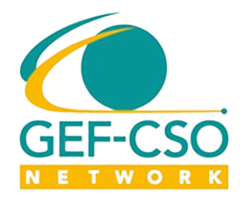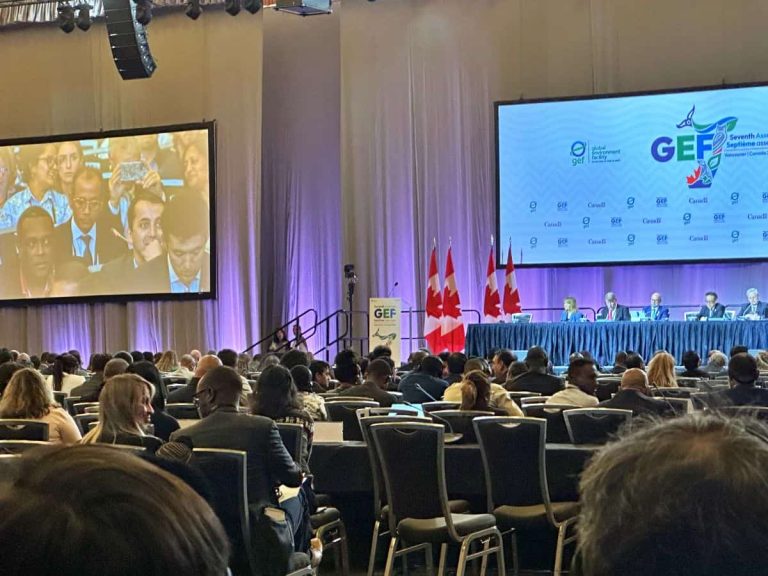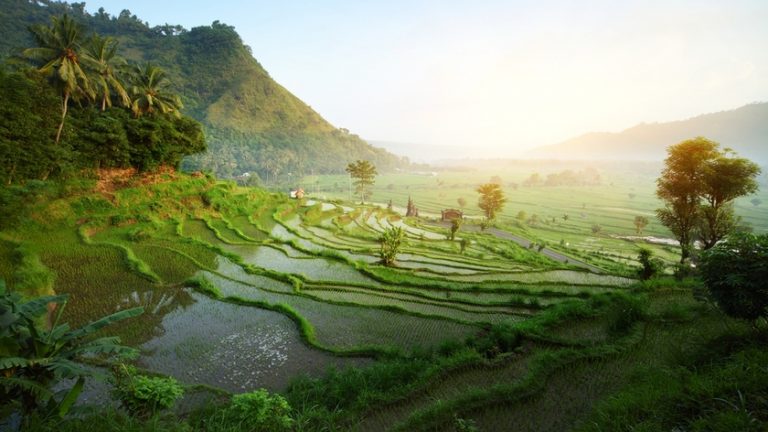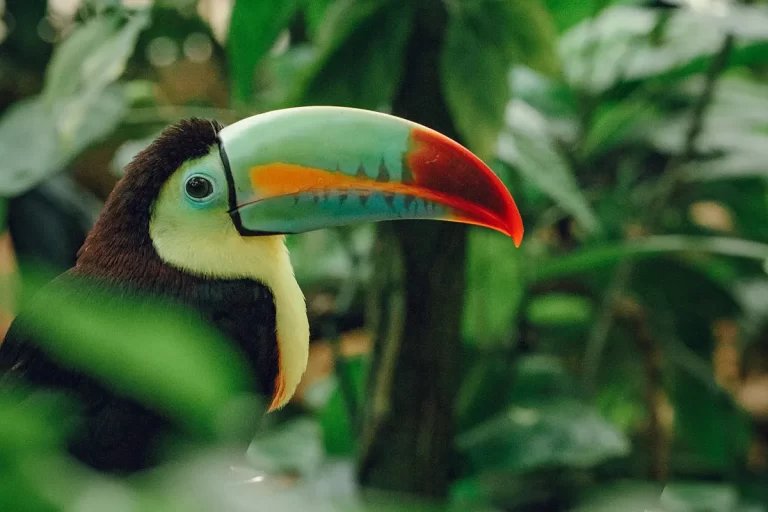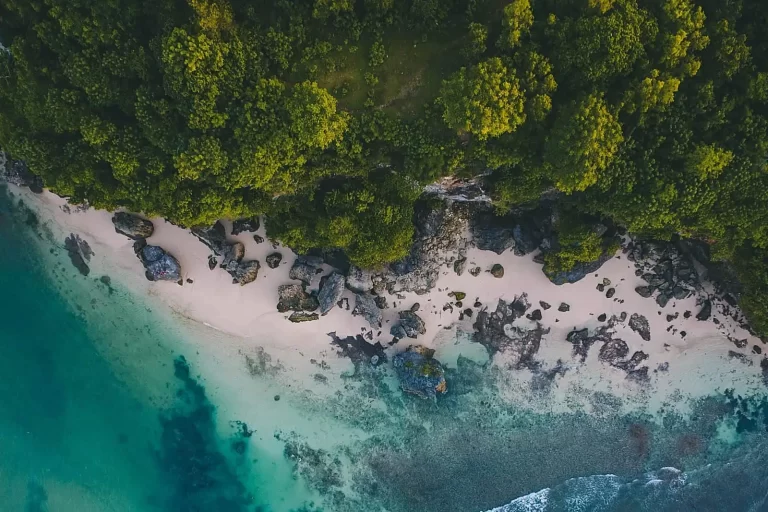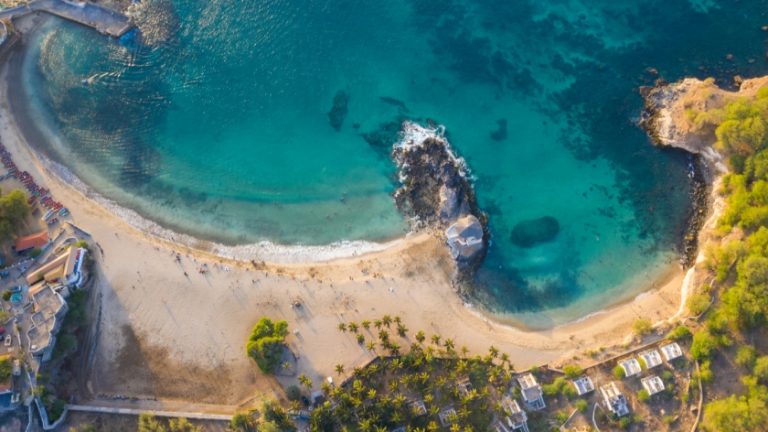The Global Environment Facility’s governing body has approved $191 million in grants and blended finance to advance climate and nature investments through and after the pandemic.
The funding is the second-to-last tranche to be released under GEF-7, the multilateral fund’s latest four-year funding cycle. It will support initiatives in 43 countries, including 10 Least Developed Countries and 16 small island developing states, that are expected to benefit 25 million local people while generating global environmental gains.
GEF CEO and Chairperson Carlos Manuel Rodriguez said the “high quality, forward-looking work program” would help keep environmental protection and renewal on the front burner.
“Despite the challenges of COVID-19, we have been working hard to keep day-to-day work ongoing and to support all our recipient countries,” he told the GEF Council meeting, which is being held virtually because of the ongoing pandemic.
Representatives of 184 countries unanimously approved the package of support, which includes one program and 24 projects to address biodiversity loss, climate change, and land degradation, and to improve the management of international waters, chemicals, and waste.
Connecting all the initiatives is the principle of “one health” – with measures to improve the health of people, wild animals, plants, and ecosystems through integrated action.
This is reflected in the work program’s focus on reducing chemical exposure and pollution from a variety of sectors, including agriculture, manufacturing, and healthcare, and its emphasis on cooperative effort around regional water basins and large marine ecosystems where fishing and related activities are major concerns for both economies and ecologies.
Similarly, a new program included in the package of support – the Financing Agrochemical Reduction and Management program, led by UNEP in partnership with ADB, FAO, UNDP, and UNIDO – will help reduce the harmful use of dangerous pesticides and plastics in agriculture in countries including Ecuador, India, Kenya, Lao PDR, the Philippines, Uruguay, and Vietnam.
While most of the funding will be provided as grants, there was one blended finance initiative in the work program – an effort to finance sustainable agriculture practices in the dry forests of Ecuador and Peru. The GEF is supporting the issuance of two green bonds for sustainable land use and conservation in Ecuadorian and Peruvian capital markets, in partnership with the Development Bank of Latin America – CAF, and in coordination with local governments, GEF agencies, financial intermediaries, and the private sector.
With six months to go in the funding cycle, the projects and programs under GEF-7 have fully met its expected results related to marine protected areas, improved management of marine habitat and shared water ecosystems, avoidance of Persistent Organic Pollution emissions, and areas of land restored.
The GEF is the world’s largest multilateral fund supporting environmental action in developing countries, distributing about $1 billion a year in donor financing.
It was created 30 years ago, ahead of the Rio Earth Summit, to support initiatives related to biodiversity, climate change, international waters, and ozone depletion. It has since expanded its remit to address deforestation, land degradation, chemicals, waste, urban growth, illegal wildlife trade, and more.
Negotiations are currently underway about GEF-8, the next four-year funding cycle that starts in July 2022. Programs and projects supported in this period will be critical to bringing the world closer to meeting critical 2030 environmental goals, Rodriguez told the Council.
“The GEF-8 replenishment is an opportunity that we must collectively seize so we can contribute to deliver solutions for the post-pandemic era,” he said. “Even though the GEF’s funding is tiny compared to the scale of global need, a strong replenishment will enable us to scale up high impact initiatives that support global environmental benefits in an efficient and effective way.”
—
Photo credit: vitmark/Shutterstock
